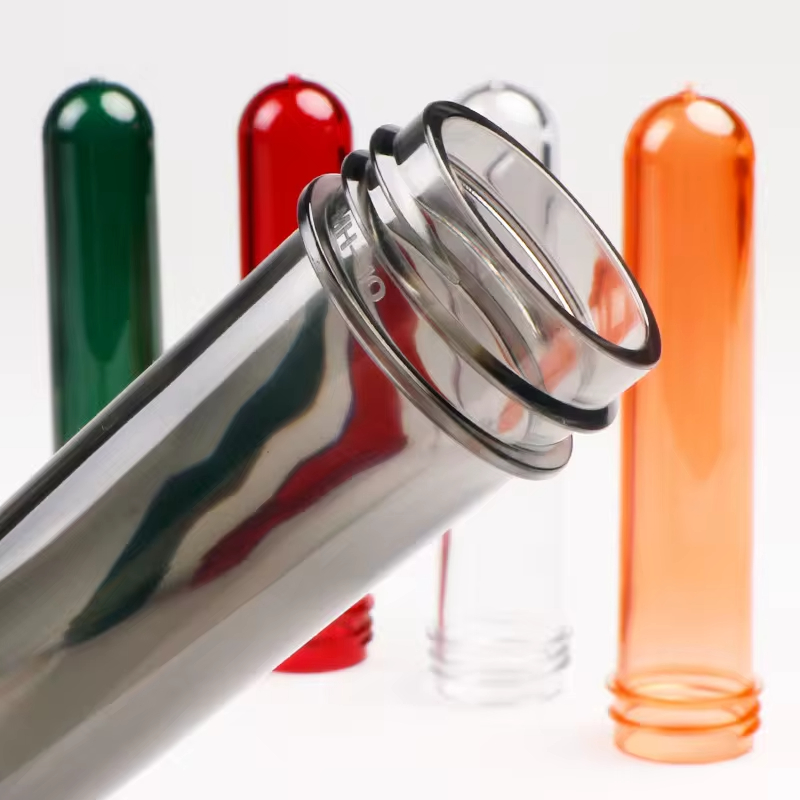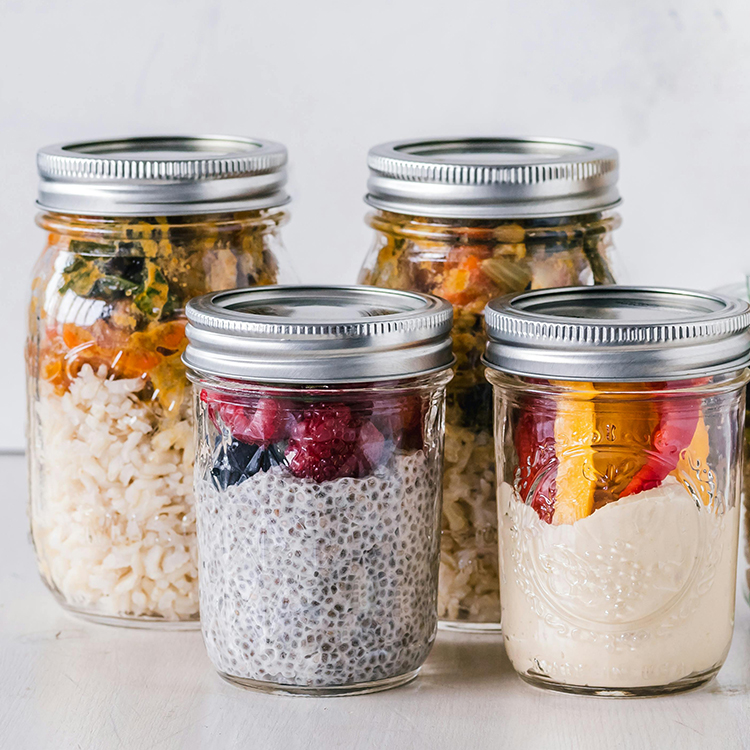Tailored Glass Packaging: Five Approaches to Masterful Storytelling
In the rapidly evolving and competitive landscape of today’s market, glass packaging serves a purpose beyond mere containment; it acts as a medium for storytelling. Effective packaging communicates with consumers, reflects a brand's values, and fosters a bond that goes beyond the point of sale. Tailored glass bottles and jars enable brands to differentiate themselves by transforming their packaging into a captivating visual and sensory journey that resonates with their audience.
Reducing the expenses associated with producing PET preforms while ensuring the quality remains consistent
Minimizing production expenses while maintaining a high level of quality is the most effective strategy for boosting company profits. This principle is relevant in the beverage industry, especially for businesses that manufacture PET preforms and convert them into bottles for soft drinks, alcoholic beverages, and other liquid food products.
Types of Packaging for Beverages
We all fall for clever marketing strategies. Nowadays, brands are focusing heavily on their product packaging, embracing youthful designs and the latest trends. While the label on your drink serves as the initial attraction, the choice of packaging material—whether it be a frosted glass bottle or a practical aluminum can—forms the foundation of how your product is perceived.
Food Safe Plastics: Guaranteeing Protection in Food Packaging
In our rapidly evolving society, safeguarding food items has become a major concern for both companies and consumers. An essential element of food safety is the application of food-grade plastics. This article will explore the definition of food-grade plastic and its significant contribution to maintaining the quality and integrity of food products.
Beverage Production 101: Six Must-Know Facts About Cans!
With the rising popularity of cans, it’s crucial to grasp a few key insights before deciding if they’re the right fit for your drink! Your knowledge about the can industry, how cans are made, and the sourcing methods can greatly influence both the cost of your beverage and how quickly it hits the shelves. Here are seven exciting things you need to know about canning your beverage!
The Impact of Glass Packaging on Minimizing Food Waste
A diverse array of sectors, from individual homes to the hospitality industry, plays a part in this alarming statistic. Although specific food items have a limited storage period before reaching their best before dates, using glass containers has been shown to effectively prolong the freshness of various products. The outcome? A reduction in food waste and a powerful reminder for everyone to be more conscious about discarding uneaten food.
Reasons for the Craft Beverage Industrys Preference for Cans Instead of Bottles
Both craft beverage makers and drinkers are increasingly opting for aluminum cans as their preferred packaging. When choosing how to package their products, brewers consider factors such as sustainability, practicality, and cost-effectiveness, which also influence consumers' decisions on how to enjoy their craft drinks.
The global market for can coatings is projected to reach a value of USD 4.36 billion by 2032, with an expected compound annual growth rate (CAGR) of 5.1%
According to a recent report from Spherical Insights & Consulting, the market size for global can coatings is projected to increase from $3.62 billion in 2022 to $4.36 billion by 2032, with an annual growth rate of 5.1% over the forecast period
Reasons Why PET Plastic is a Reliable Option for Packaging Food and Beverages
With benefits that range from safety to environmental sustainability, PET plastic is an ideal choice for ensuring the secure and efficient packaging of food and drinks. Let’s explore the reasons behind PET plastic’s popularity in this industry.








